The kitchen faucet isn’t just a tool anymore—it’s a key part of your kitchen’s look and how smoothly things run day to day. One of the biggest choices you’ll face is whether to go with a Low-Arc or High-Arc Kitchen Faucet. This decision affects everything from how you wash dishes to how open your space feels.
In this guide, we’ll break down the real differences between these two popular styles—how they work, how they look, and what kind of kitchen they fit best. By the end, you’ll have a clear idea of which Low-Arc or High-Arc Kitchen Faucet is the right match for your kitchen.
Table of Content
- The Architecture of an Arc: Defining Faucet Geometry
- The Functional Divide: A Comparative Analysis of Performance
- The Aesthetic Statement: Integrating Faucets into Kitchen Design
- Enhancing Utility: The Role of Integrated Sprayers
- The Decision Framework: A Guide to Selecting Your Ideal Faucet
- Conclusion
- FAQs
The Architecture of an Arc: Defining Faucet Geometry
Before picking a kitchen faucet, it’s good to know a few basics. Many brands focus on the “arc,” but performance actually depends on three key design details that work together. Understanding them makes it much easier to choose the right faucet for your kitchen.
Decoding the Terminology: High Arc, Low Arc, and the Elusive Mid-Arc
- High Arc (Gooseneck): Tall and elegant, usually 8–10 inches or more, offering plenty of space for washing large pots and adding a bold design touch.
- Low Arc: Compact and subtle, around 3–8 inches tall, perfect for smaller spaces or minimalist kitchens.
- Mid Arc: A balanced option (about 5–8 inches) that combines practicality and style without being too tall or too low.
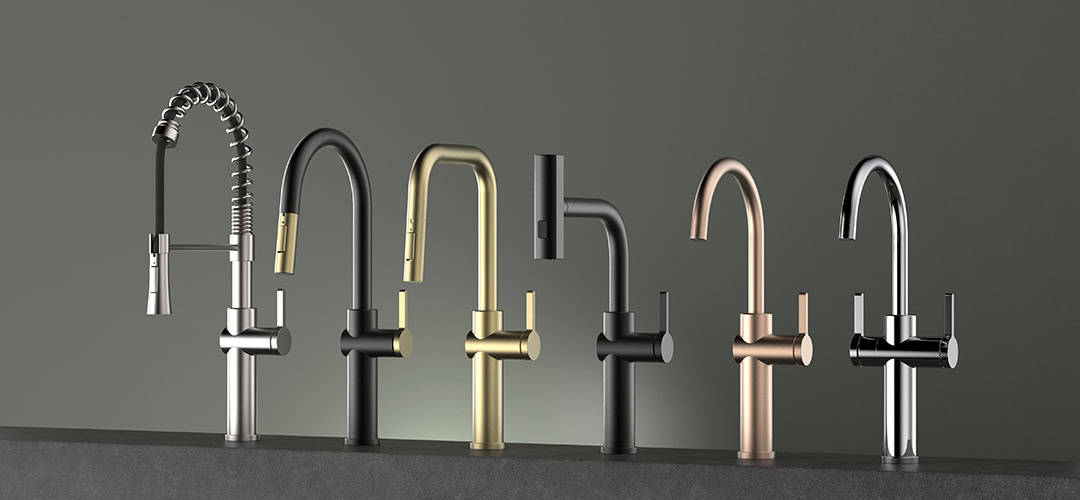
The Three Critical Dimensions: Beyond the Arc
Overall height defines a faucet’s style, but it doesn’t tell the whole story. Real usability depends on three key dimensions:
- Spout Height (Clearance): The distance from the countertop to where the water exits. This shows how much space you have for washing large pots—two faucets of the same height can offer very different clearances.
- Spout Reach: The distance from the faucet base to where the water hits the sink. Usually 8–12 inches for kitchens, it affects how well the water lands and helps prevent splashing.
- Overall Height: The total height from the countertop to the top of the faucet, important for fitting under cabinets or windows.
Expert Tip: The Golden Rule of Splash Control
The most overlooked rule in faucet selection is managing the water impact. To control splashing, you must ensure that the water stream is directed at or very near the sink drain when the faucet is resting.
Why? When water falls from a height, it hits the hard sink surface and disperses outward, creating splash. By directing the stream straight into the drain, you drastically reduce the energy of impact and contain the flow. Be careful not to aim the stream at the uneven rubber baffle of a garbage disposal, as this can cause the water to spray unpredictably.
The Functional Divide: A Comparative Analysis of Performance
Choosing between a high or low arc faucet isn’t about which is better—it’s about what fits your kitchen and habits.
| Feature | Low Arc Faucet | High Arc Faucet |
|---|---|---|
| Typical Height | 3 to 8 inches | 8 to 10+ inches |
| Primary Advantage | Space-saving design; fits under low cabinets and preserves window views | Ample clearance for large pots and pans; enhanced workspace |
| Primary Disadvantage | Limited clearance for filling or washing large items | Potential for increased splashing; requires more overhead space |
| Ideal Sink Pairing | Shallow sinks (under 9 inches deep) to minimize splashing | Deep sinks (9 inches or more) to contain splashing |
| Common Sprayer Type | Pull-out sprayer | Pull-down sprayer |
| Best Suited Kitchen Styles | Minimalist, contemporary, traditional, or vintage | Modern, farmhouse, industrial, transitional; statement kitchens |
| Primary User Profile | Casual cooks; kitchens with spatial constraints; aesthetic minimalists | Frequent chefs; users who multitask at the sink; open-concept kitchens |
High Arc Faucets: The Power of Clearance
The defining functional benefit of a high arc faucet is the generous vertical workspace it creates. This additional clearance is a significant advantage for a variety of common kitchen tasks.
- Mastering Large Cookware: High arc faucets make it easy to fill and clean large pots, pans, and pitchers—no awkward tilting or mess.
- Better Workspace: The taller spout creates more room to move, letting you multitask easily, like rinsing veggies while soaking a pot.
- Splash Control: More height can mean more splash, but pairing a high arc faucet with a deep sink (9–10 inches) or keeping items lower in the basin helps keep water contained.
Low Arc Faucets: The Virtue of Subtlety
Low arc faucets excel in environments where space is at a premium and a discreet profile is desired. Their advantages are rooted in their compact and unobtrusive design.
- Maximizing Space: Low arc faucets fit easily under cabinets, shelves, or pot racks—perfect for tight spaces.
- Keeping the View: Ideal for sinks in front of windows, their low profile keeps sightlines clear and avoids blocking inward-opening windows.
- Less Splash: With a shorter water drop, they create minimal splash, making them great for shallow sinks.
- Limited Clearance: The trade-off is less space for tall pots or large pans, often requiring a sprayer or angled filling.

The Aesthetic Statement: Integrating Faucets into Kitchen Design
A faucet isn’t just functional—it’s a big part of your kitchen’s look and feel. The arc height affects its “visual energy”: a high arc draws the eye upward with a bold vertical line, while a low arc keeps things calm and horizontal, blending smoothly with the countertop.
High Arc Faucets as a Focal Point
High arc faucets are inherently designed to be noticed. Their scale and elegant form make them a natural centerpiece in many kitchen designs.
- Creating Drama: High arc faucets make a bold statement, adding elegance and often becoming a focal point, especially on islands or simple backsplashes.
- Style Versatility: They suit many styles—from sleek modern to industrial spring-neck or rustic gooseneck designs.
- Balancing Scale: In large kitchens with high ceilings or big sinks, a tall faucet keeps proportions right, preventing a low arc from looking too small.
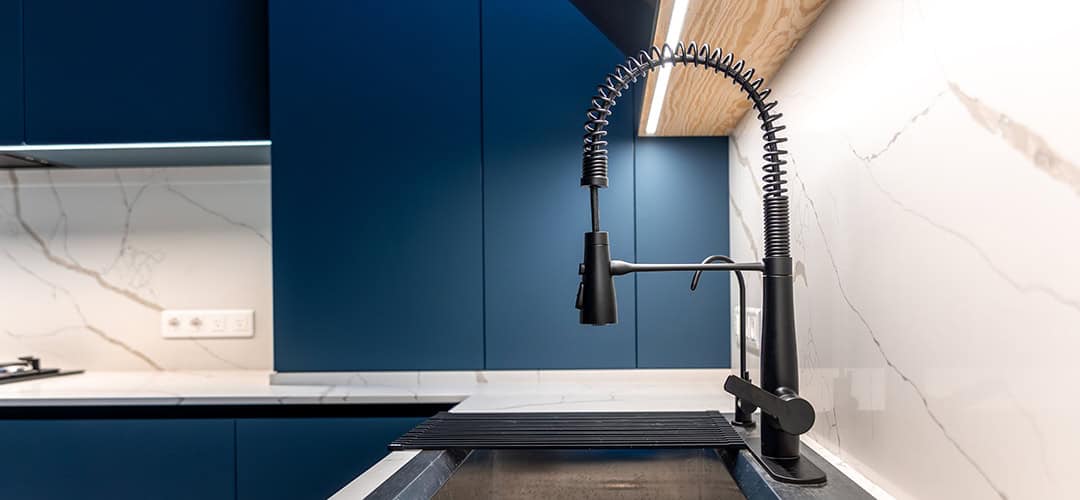
Low Arc Faucets for Cohesive Design
Low arc faucets operate on a principle of integration rather than dominance. Their purpose is to complement the surrounding design elements without drawing undue attention to themselves.
- Minimalist Appeal: Low arc faucets with clean, simple lines fit perfectly in modern, uncluttered kitchens.
- Traditional Charm: Their modest scale works well in classic or vintage-inspired spaces, blending seamlessly with traditional cabinetry.
- Visual Balance: In small kitchens or secondary sinks, a low arc faucet keeps the space feeling open and lets other design elements stand out.
Enhancing Utility: The Role of Integrated Sprayers
Integrated sprayers have reshaped faucet design, creating two main approaches based on arc height. Your choice of arc often determines the sprayer type, bringing key trade-offs for how you work at the sink.
The High Arc and Pull-Down Partnership
Pull-down sprayers work best with high arc faucets. The tall gooseneck design gives room for the retracting hose and counterweight.
This setup creates a vertical workflow, perfect for deep sinks and precise rinsing. It’s ergonomic and easy to control, but the high arc can be tricky under low cabinets and may splash more in shallow sinks.
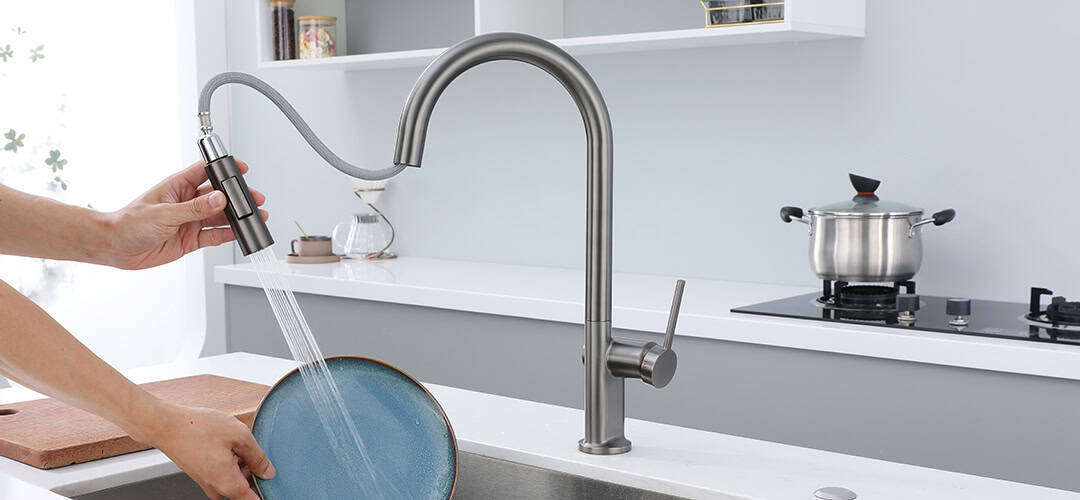
The Low Arc and Pull-Out Solution
Pull-out sprayers» are ideal for low arc faucets, since there isn’t enough height for a pull-down mechanism.
This setup gives a flexible perimeter workflow, letting you extend the water to fill pots or appliances outside the sink. While the low spout still limits vertical clearance, the long hose makes up for it, offering reach and versatility. Some users may find the ergonomics less natural, but it’s a practical solution for compact spaces.

Side Sprayers: The Versatile Alternative
A third option, the side sprayer, is a separate, dedicated sprayer that mounts in an additional hole on the sink deck or countertop. This feature can be paired with either a high or low arc faucet, offering a way to add sprayer functionality without being constrained by an integrated design. However, side sprayers can sometimes deliver lower water pressure compared to their integrated counterparts.

The Decision Framework: A Guide to Selecting Your Ideal Faucet
Synthesizing the analysis of geometry, function, and aesthetics, this step-by-step framework will guide the user through a logical process to identify the perfect faucet for their specific needs and environment.
Step 1: Measure Your Environment (The Non-Negotiables)
Before considering style or personal preference, a few key measurements will define the physical constraints of the space.
- Overhead Clearance: Measure from the countertop to the lowest obstruction (like a cabinet or shelf) to determine the maximum faucet height.
- Sink Dimensions: Note the sink’s width, length, and depth. If it’s under 9 inches deep, a low arc faucet helps reduce splashing.
- Faucet Holes: Check how many mounting holes your sink or countertop has—this decides what faucet styles fit.
- Backsplash Clearance: Measure the distance from the faucet hole center to the backsplash to ensure the handle can move freely.
Step 2: Analyze Your Habits (The Personal Factors)
An honest assessment of how the kitchen is used daily will reveal which functional trade-offs are most acceptable.
- Cooking Style: Frequent cooks using large pots or pans will appreciate a high arc faucet’s extra space. For everyday tasks, a low arc works just fine.
- Cleaning Routine: If you often wash big items like trays or buckets, go for a high arc for easier maneuvering.
- Household Needs: A high arc makes washing hair or reaching both sides of a double sink much easier.
Step 3: Define Your Aesthetic (The Design Intent)
The faucet should be a deliberate part of the kitchen’s visual story.
- Focal Point or Accent: Decide whether you want the faucet to stand out as a statement piece or blend in subtly with the overall design.
- Match the Style»: Choose a faucet shape that fits your kitchen theme—modern, farmhouse, traditional, or industrial.
- Finish Matters: Pick a finish that complements your cabinet hardware, lighting, and appliances for a coordinated look.
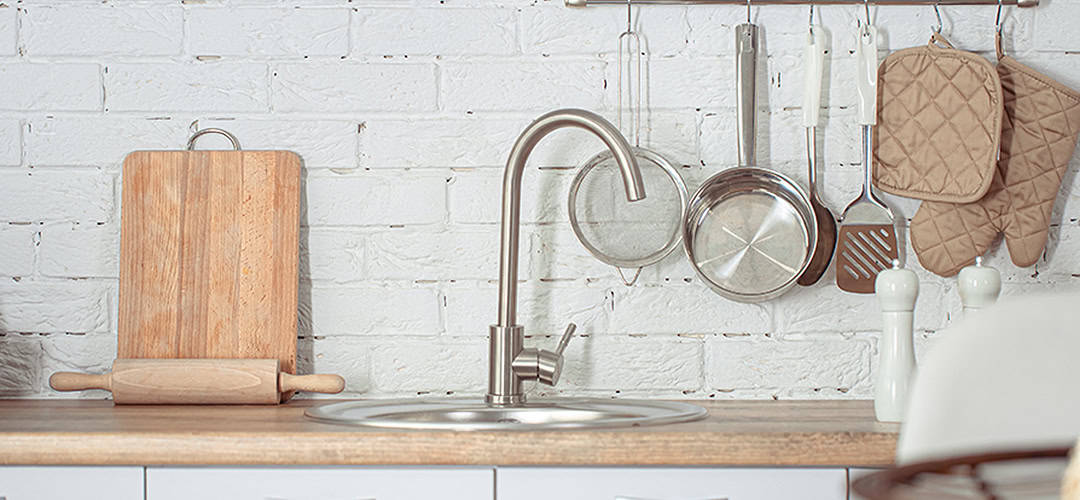
Scenario-Based Recommendations
To conclude, these common user profiles illustrate how to apply the decision framework to arrive at an optimal choice.
- Profile 1: Avid Home Chef with Deep Farmhouse Sink
- Pick: High Arc + Pull-Down Sprayer
- Why: Offers plenty of clearance for large cookware; deep sink controls splashes; pull-down sprayer makes cleanup easy.
- Profile 2: Apartment Dweller with Low Cabinets
- Pick: Low Arc + Pull-Out Sprayer
- Why: Fits under low cabinets; long hose adds reach for filling pots on the counter.
- Profile 3: Renovator Preserving Window View
- Pick: Low Arc Faucet
- Why: Keeps the window view clear and avoids blocking or hitting inward-opening windows.
- Profile 4: Aesthete with Open-Concept Kitchen
- Pick: High Arc Faucet
- Why: Matches the scale of a large island or sink; adds height, elegance, and a striking visual centerpiece.
Conclusion
Selecting the perfect Low-Arc or High-Arc Kitchen Faucet doesn’t have to be complicated, but it does require moving beyond just high or low. The ideal faucet is one that successfully balances the trade-offs between vertical clearance and spatial constraint, all while strictly adhering to the Golden Rule of splash control.
By focusing on the three critical dimensions—Overall Height, Spout Height, and Spout Reach—you’re equipped with the expertise to choose a Low-Arc or High-Arc Kitchen Faucet that provides not only the style you love but also the reliable, frustration-free function you need every single day. Happy choosing!


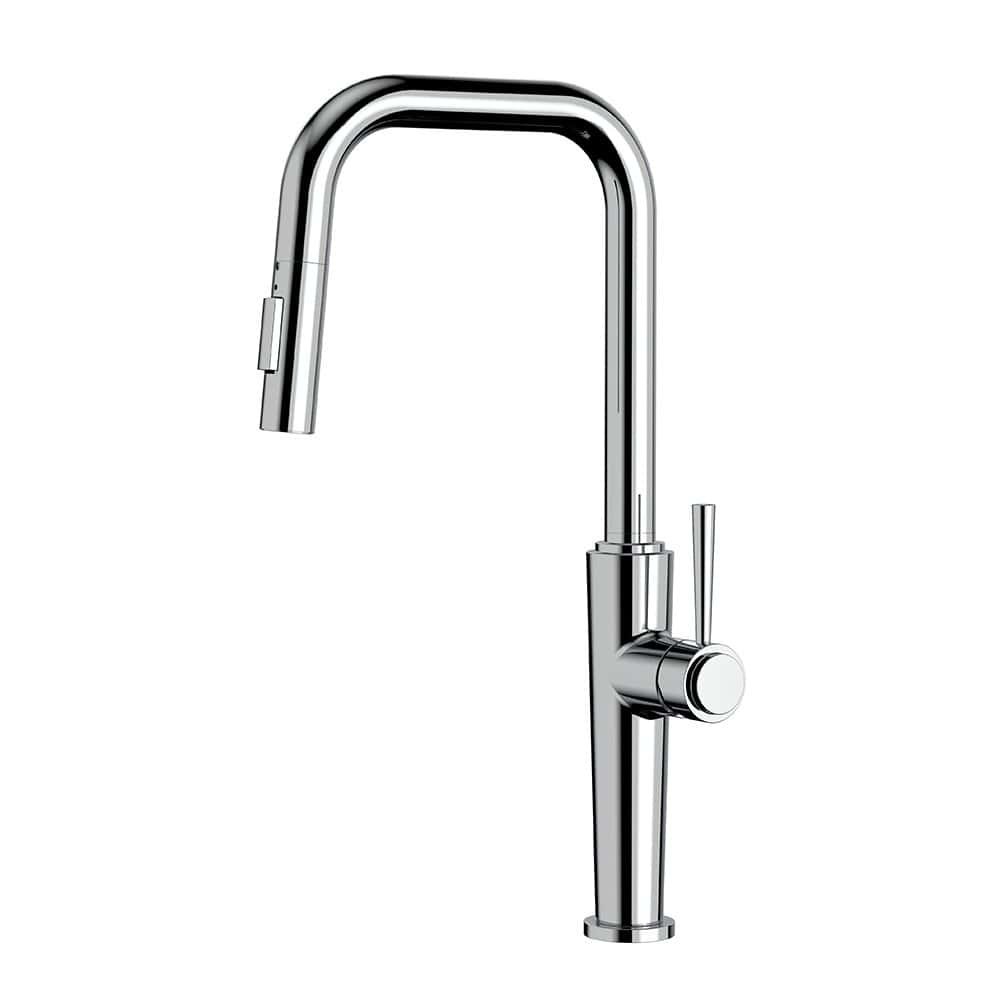
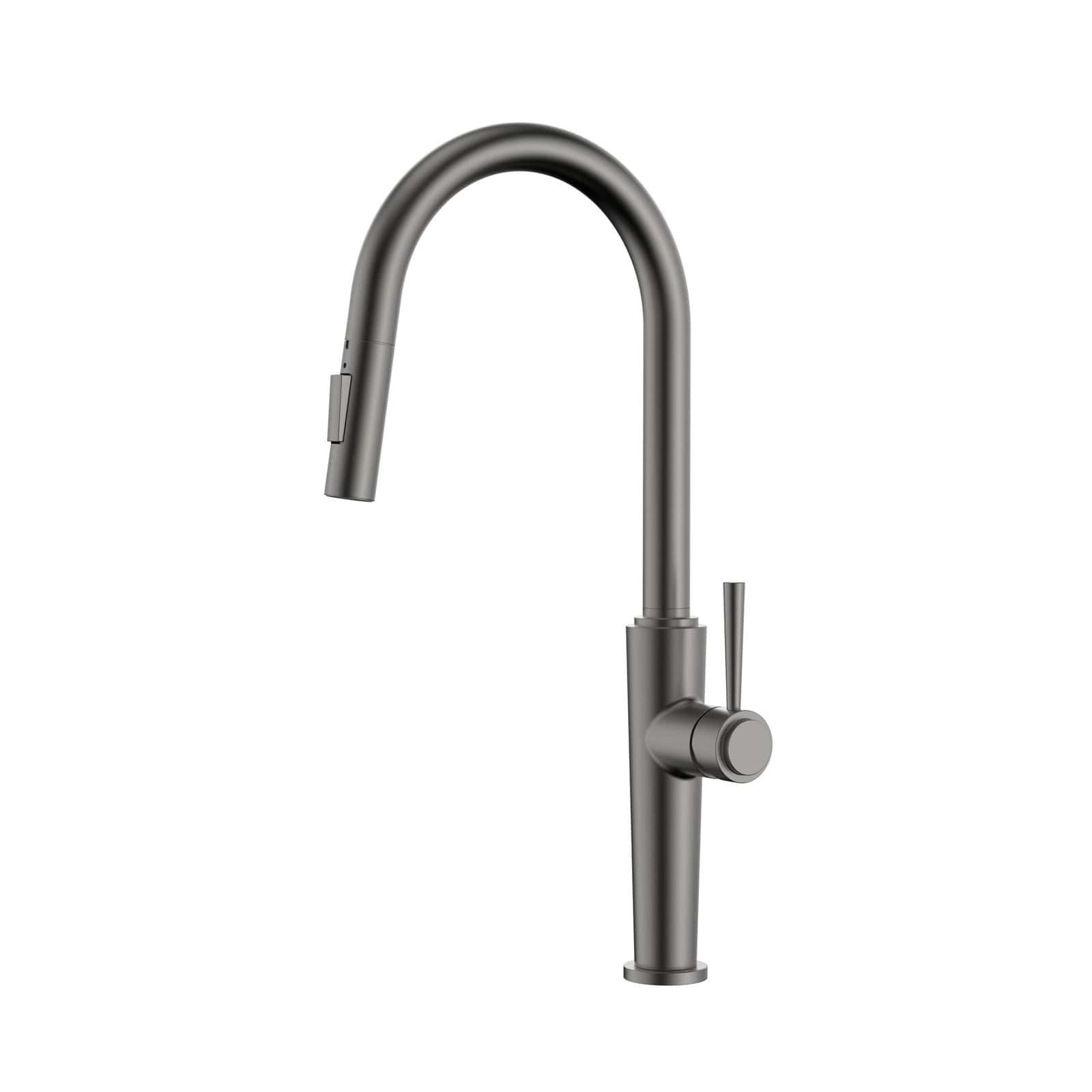


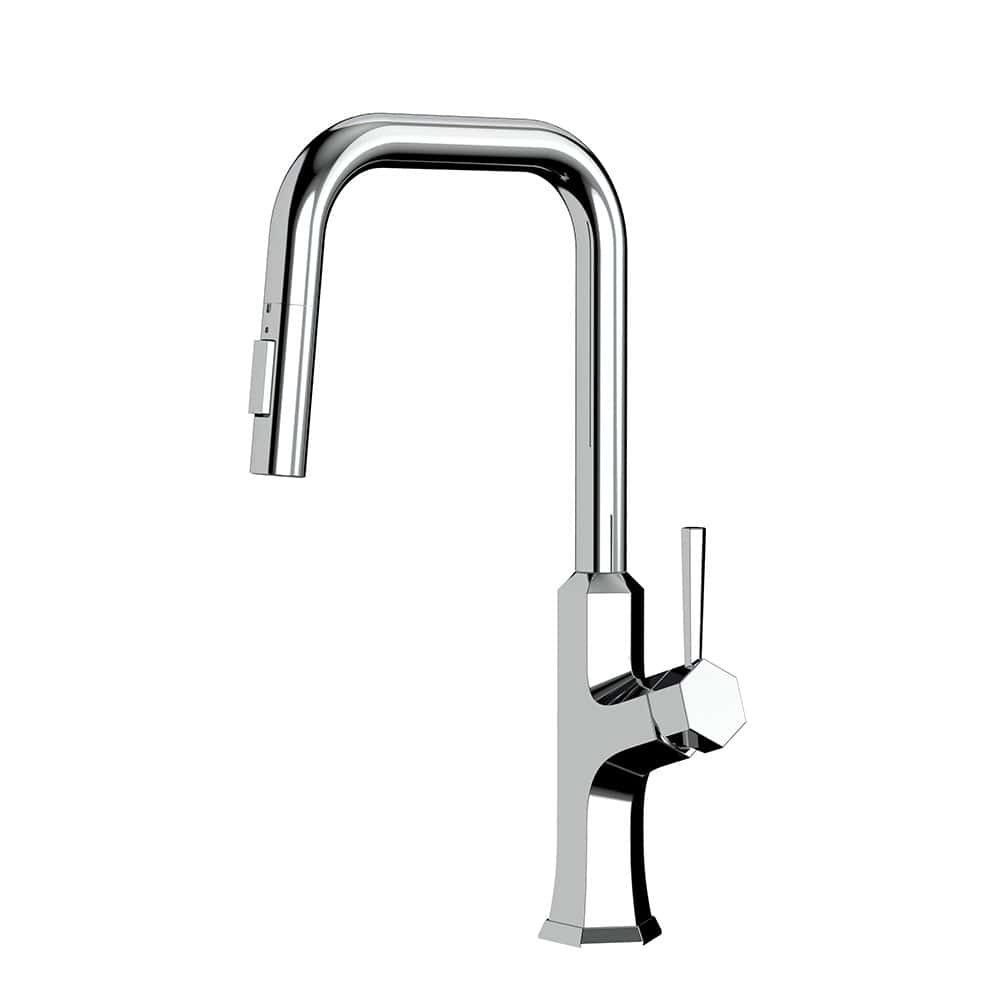



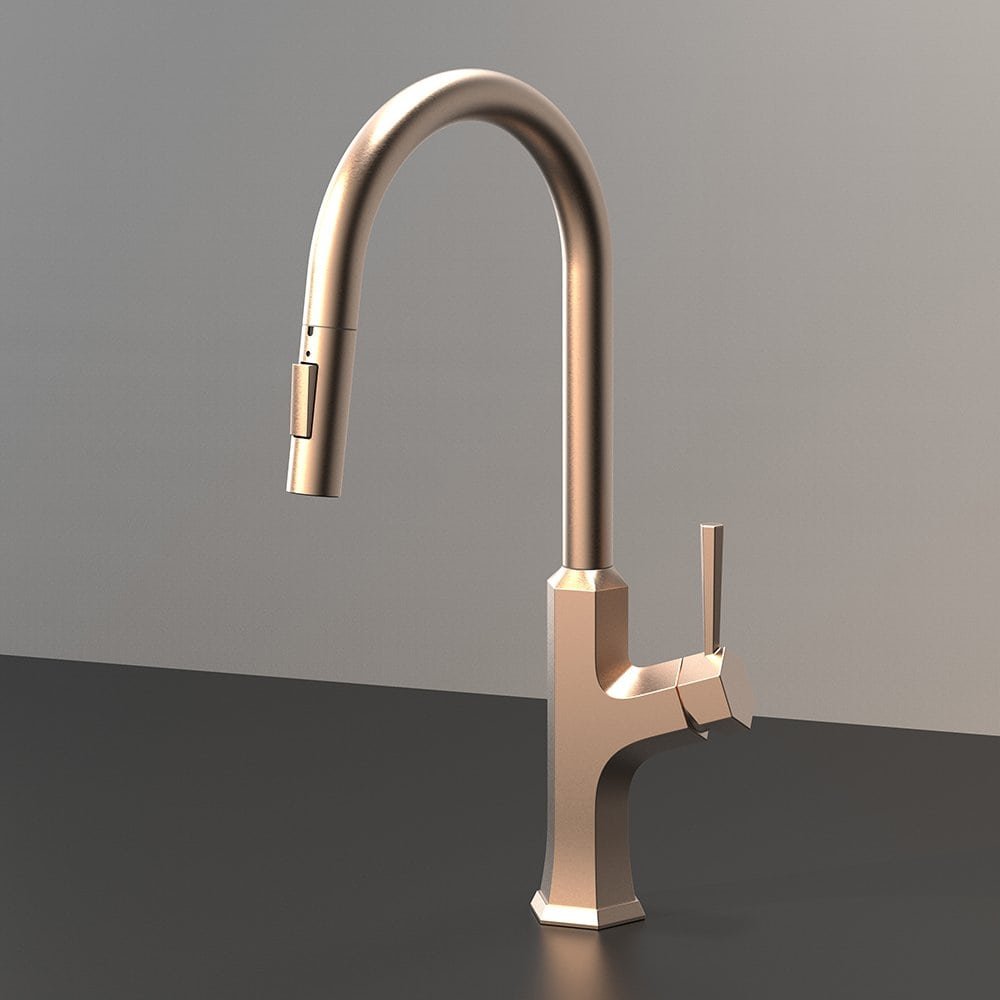
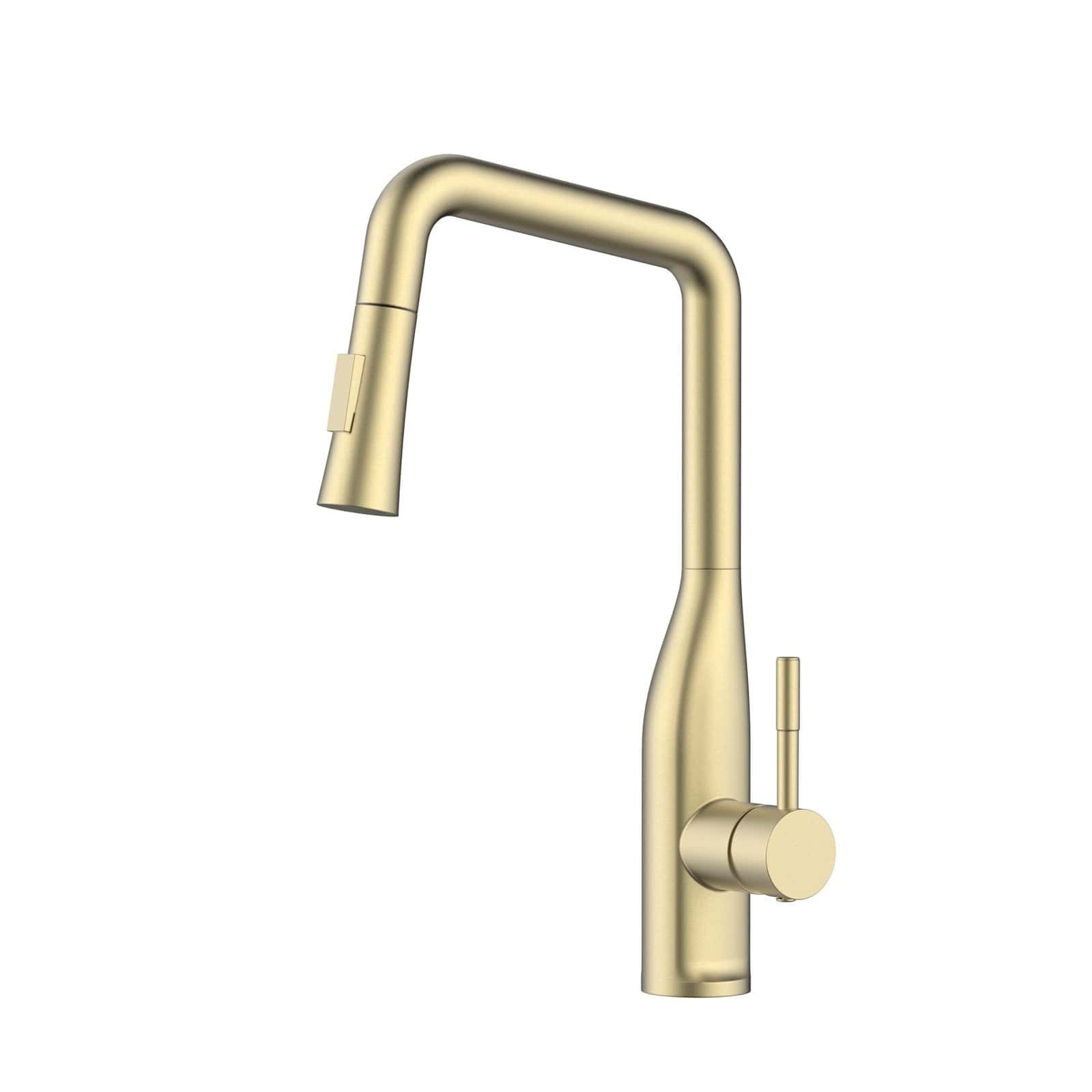
.jpg)